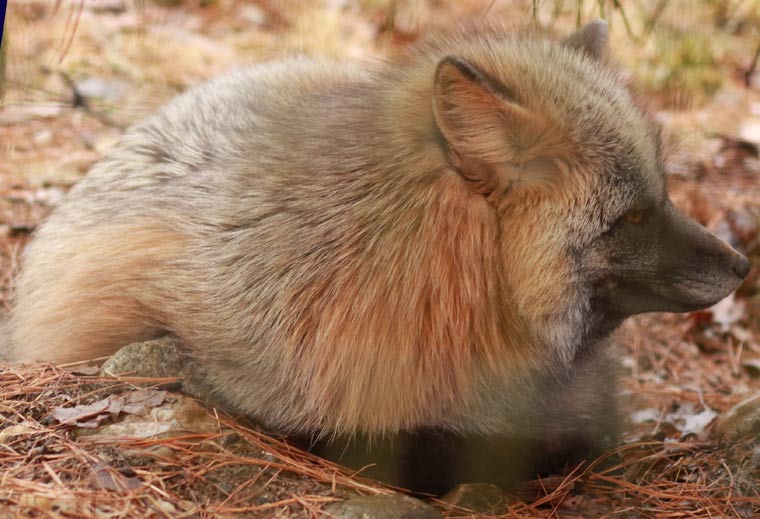- info@wildlife-removal.com
Call us for help in your town
Wildlife Removal Education
Diseases Foxes Carry and Their Symptoms
Need fox removal in your hometown? We service over 500 USA locations! Click here to hire us in your town and check prices - updated for year 2020.
The fox is a mammal, and this means that it can carry, suffer from, and transmit the rabies virus, which can be spread to all mammals. Humans are mammals too, so wild foxes and humans in the same area is never a good idea.

The biggest threat that foxes pose to humans is not rabies though, it is toxocariasis, caused by a type of roundworm called Toxocara canis. This is being found more and more across the world, and stories of it hitting humans are becoming common. The scariest thing about this condition is that you are more likely to catch it from a domesticated animal, such as a dot or cat, than you are from a fox. But your cat or dog is quite likely to catch it from the fox. Or, rather, the feces and urine that it leaves behind.
It is in the feces of the fox that the roundworm eggs are found, and when dogs and cats sniff and lick at it in that disgusting way that they do, they can easily ingest those eggs. They’ll hatch in the body of the animal, making life quite uncomfortable, and then the animal will pass feces also carrying roundworm eggs. If a person were to accidentally come across infected feces, not wash their hands, and then put their hands near their mouth, they too could become infected with the roundworm too. It’s rare, but as we’ve already stated, growing more and more common.
As well as rabies and toxocariasis, mange is a problem in wild foxes, and this is something that can be passed along to your pampered pooches too. The risk of this infection is quite low, but it does only need a little direct contact in order to happen. Humans can also suffer with the kind of mange that foxes can get (usually called scabies), but it’s not really a life threatening condition, usually just causing a rash. It's not a very nice one though.
Symptoms of a dead fox can range from nothing to actual rabid behavior, and diagnosing a fox just by looking at the animal is virtually impossible. That’s what makes dealing with wild animals quite so dangerous — you don’t really know what you're up against, and you can’t tell, without medical testing, what disease (if any) the animal might have.
Go back to the Fox Removal page.


















